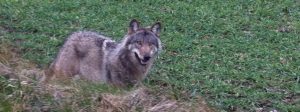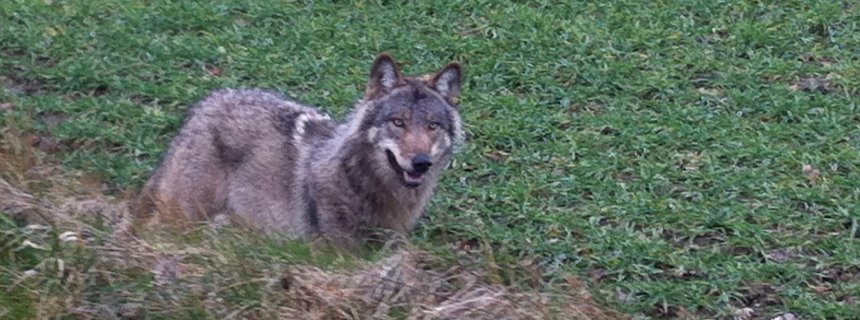
The wolf has returned to Germany and along with it, ages old fears. But these worries are unfounded, argues Italian biologist Luigi Boitani, who has studied the creature’s return across Europe.
After earning a degree in biology, Luigi Boitani, 69, had intended to devote himself to the study of the Montecristo goat. But then a colleague asked him for his help on a wolf project. That was more than 40 years ago. Since then, he has never lost his fascination for the predator. Boitani, who teaches at the Sapienza University of Rome, has monitored the return of wolves to many European countries. As chairman of the Large Carnivore Initiative for Europe in the International Union for Conservation of Nature, he advises the European Commission on how to protect the predators and how coexistence with wolves can succeed. He has published more than 300 scientific papers, especially on predators like the wolf, brown bear, lynx and wolverine.
SPIEGEL recently interviewed Boitani about fears in Europe as the wolf returns to its former habitats.
SPIEGEL: Professor Boitani, individual wolves have been spotted roaming through villages in northern Germany in recent weeks, and one was even seen near a daycare center located in a forest. Is this cause for concern?
Boitani: Let me turn your question around: How many people have been eaten by wolves in Europe recently?
SPIEGEL: We are unaware of any …
Boitani: That’s right. And yet for many people the wolf is the quintessential predator. Fear of wolves is part of our culture, as is the fear of snakes, even though only a fraction of snakes are poisonous. In Finland, for example, fear of wolves is also widespread. At a conference on species conservation last year, we asked Finnish attendees where this fear comes from. They said that someone was once killed by wolves in Finland. When we asked them when it happened, they said it was about 400 years ago.
SPIEGEL: Nevertheless, many people are terrified by the notion of suddenly encountering a wolf or even a pack of wolves while walking through the woods. How should you behave if that happens?
Boitani: I have been studying wolves for 40 years. They are a part of my life. I always feel incredibly fortunate to encounter them in nature, as I did in the Abruzzi region a few weeks ago, when I saw two beautiful animals in a clearing. But unfortunately that happens very, very rarely. They are simply incredibly good at staying out of sight. But the most important thing is to enjoy moments like that. Wolves are fascinating animals. And, in principle, the same thing applies to them that we teach our children when they encounter dogs: don’t run away! A fleeing creature is prey in the eyes of a wolf.
SPIEGEL: That’s hardly reassuring to joggers and dog owners in (the German state of) Lower Saxony, where wolves recently followed a woman walking her two dogs. However, the wolves did not exhibit any aggressive behavior. What should I take into account if I have a dog and live in an area where there are wolves?
Boitani: You should keep your dog on a leash, so that it doesn’t enter the wolves’ territory.
Luigi Boitani on the Return of the Wolf to Europe – SPIEGEL ONLINE.
